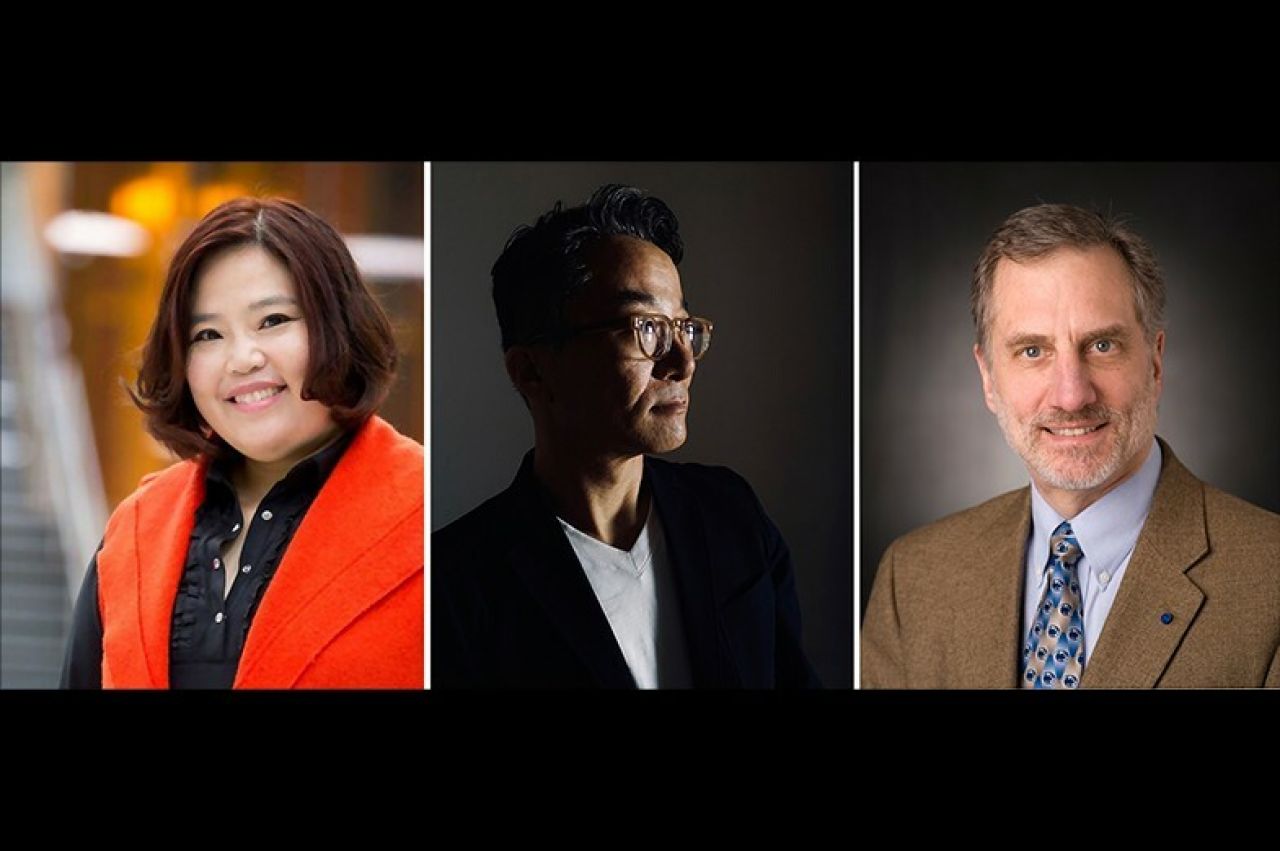April 22, 2020
Stuckeman School professor receives IEE funding for renewable energy art, design

UNIVERSITY PARK, Pa. – Imagine walking through the University Park campus and seeing a new Nittany Lion statue near the doors of popular meeting places on campus. Except this one would be composed of small solar panel pieces that would be connected to an intricately designed charging station for mobile devices.
Such a concept may become a reality in the not-too-distant future thanks to an Institutes of Energy and Environment seed grant supporting a series of renewable energy art and design that are intended to raise awareness of the benefits of solar-based electric generation in the Penn State community.
Mihyun Kang, research professor in the Stuckeman School and the assistant director for sustainability in the College of Arts and Architecture, is the principal investigator (PI) on the interdisciplinary “Renewable Energy Art and Design” project.
“Renewable energy art and design that generates or harnesses renewable energy for public art and city design is a relatively new area that integrates expertise in renewable energy with art and design for aesthetically pleasing, functional interventions that inspire and educate a community," said Kang.
"If renewable energy is a long-term solution for a sustainable future, it should appear as something that we want to be engaged in and learn about it." – Mihyun KangFellow Stuckeman School faculty member Phil Choo, professor and head of the Department of Graphic Design, and Bruce Logan, Evan Pugh Professor in Engineering and associate director of IEE, serve as co-PIs on the project that connects art and design with ecological function. “Phil’s background in interactive design and experience design – such as using augmented reality and virtual reality – lends itself well to this work and Bruce’s expertise in renewable energy education and research will ensure that the installations are not only appealing but practical,” said Kang. The IEE funding will allow the team to explore strategies and develop several pieces of work that support the United Nations Sustainable Development Goals. At a later date, the work will be exhibited at different venues within the local Penn State community – such as the HUB-Robeson Galleries on campus or the Woskob Family Gallery in downtown State College – and a series of panel discussions and workshops pertaining to issues of climate change, the impact of energy usage and renewable art and design will be held in conjunction with the exhibitions. As the research unfolds, Kang says the team will seek out other funding opportunities to support the fabrication and installation of the designs. The team would also like to see student groups play a role in the construction of the pieces. “Ultimately, we’d like to construct various renewable energy art and design pieces throughout the Penn State community – including the commonwealth campuses – to bring more awareness to sustainable energy and to accelerate the adaptation of renewable energy,” said Kang.
